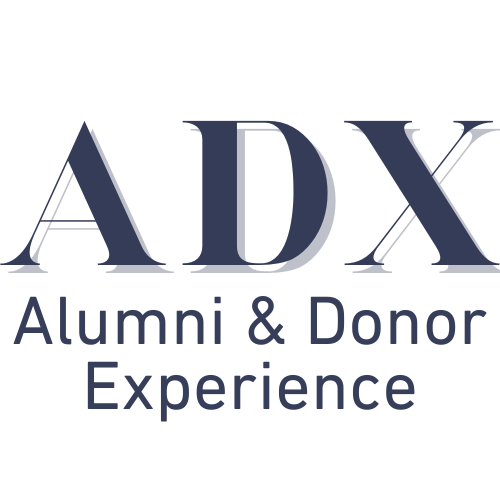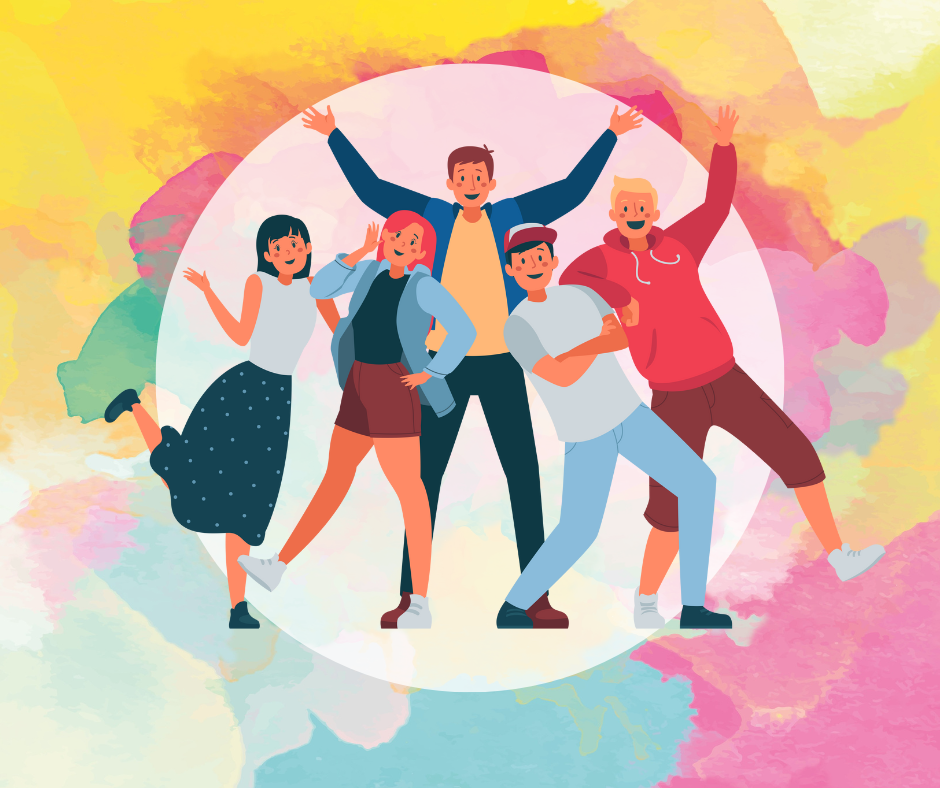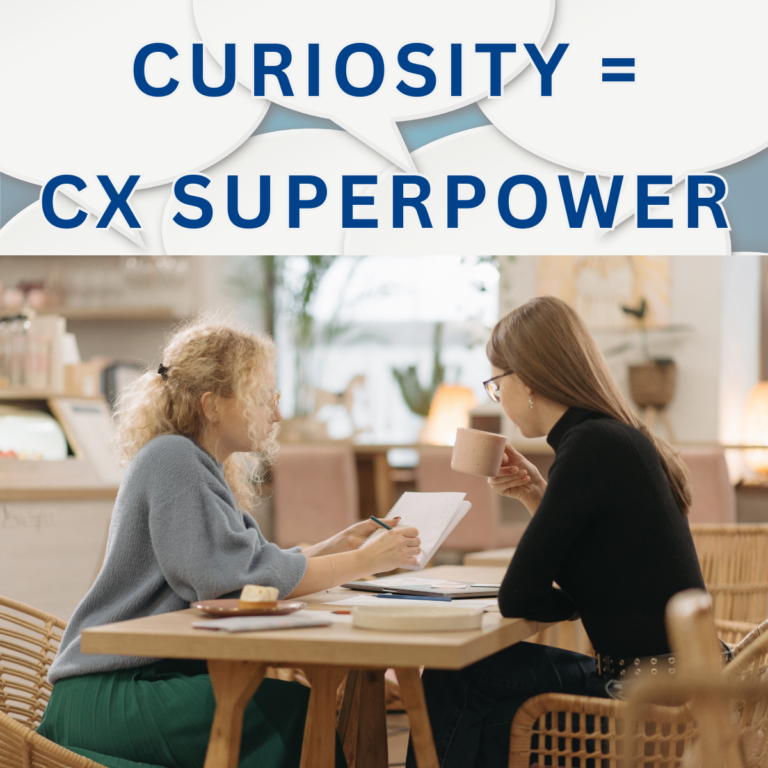A 2008 paper entitled “Strengthening Customer Loyalty through Intimacy and Passion: Roles of Customer-Firm Affection and Customer-Staff Relationships in Services” by (Kin et al., 2008) compares the way loyalty is formed in relational services (hair salon) versus transactional services (fast food restaurant).
The authors compared the way customers’ loyalty to a firm grows based on the interaction type – are customers working primarily with one person and therefore forging a relationship over time, or are customers interacting more directly with the product and less so with the employee, and how does that impact loyalty? The two examples studied were hair salons, where the relationship grows between the customer and the hairdresser, and the relationship at a fast food restaurant, where the relationship grows between the customer and the food, and the employee serves as an intermediary.
As I read this study, I thought about how alumni interact with the development and alumni engagement offices how alums form a relationship with the staff or with the staff’s output (events, volunteer opportunities, Giving Days, etc.).
loyalty can be developed through a one-on-one relationship (like the hairdresser or in our case a gift officer) or it can be developed through transactions (a fast meal or Telefund transaction).
For example, major donors’ experiences are much different from a new alum. The major donor has a relationship with an individual gift officer, perhaps the dean; the new alum, or the person who’s never given, has a more general relationship – not one with the staff, but instead one with the types of events he or she attends, or maybe they only give during Giving Day or in response to an appeal. Or perhaps it’s a conversation with Telefund or Alumni Help Desk.
The study suggests that the type of transaction isn’t important when it comes to developing and driving loyalty- that loyalty can be developed through a one-on-one relationship (like the hairdresser or, in our case, a gift officer), or it can be developed through transactions (a fast meal or Telefund transaction).
Using prior research, in particular Sternberg’s triangular theory, the authors looked at how intimate relationships are developed through three-point intimacy, passion, and commitment. “Sternberg defines love according to three constituent components: intimacy, passion, and commitment. Intimacy refers to the bondedness and connectedness of a relationship; it culminates in a relationship in which people “experience warmth.” Passion pertains to the romantic essence of a relationship and reflects intense feelings of attraction and desire” (Kin et al., 2008).

Two types of relationships
Development and Alumni Engagement shops rely primarily on two types of relationships, transactional and relationship; then we need to be sure to show up for our alums in the way they expect.
Assuming you tend to have the same person cut your hair, think of your relationship with your hairdresser. You form a bond, discuss work, life, family, and interests. As you get to know each other, your allegiance, over time, may shift from the hair salon to the hairdresser. If your stylist leaves for another salon, there’s a good chance you’ll follow them. You become loyal to the product and experience that they deliver.
Your relationship with your favorite fast-food restaurant is created differently. You love the McDonald’s burger, let’s say. It appears on your tray in the exact same way each time. It doesn’t matter what state or city you’re in – the burger will have the same bun, the same slice of tomato, the same ketchup served with it, and the same size burger. The face at the counter (if there is a face) changes each time, but your loyalty remains with the product the restaurant serves.
The authors point out that in relational services, the “customer-staff relationship is high risk/ high return because customers develop a loyalty to the hair salon because of their loyalty to hair stylists” (Kin et al., 2008, p. 752-753). Similarly, the relationship between the gift officer and the donor is high risk. Although, if the gift officer leaves the institution, it’s unlikely that your donors will leave. But the impact of the gift officer’s departure will impact the donor’s giving. Larrobino (2006) writes that “changes in staff can confuse donors, complicate giving inclinations, and hurt the morale of the donors. Losing continuity means losing momentum; in development, losing momentum translates into losing money” (p. 142).
Service type in Development and Alumni Relations:
| Transactional services | Relational services |
| Telefund/ Student Philanthropy | Career Advisors/ alumni officers/ Career center |
| Event attendees | Alumni volunteers/ alumni officer |
| Help Desk | Stewardship |
| Appeal letters | Career Advisors/ alumni officer/ Career center |
“People develop attachments to objects (e.g., products, stores, brands) that they count on to fulfill their functional, experiential, and emotional needs.” ( Kin, Chi. et al., 2008, p. 743). Regardless of the type of service, relationship, or transaction, people sought the same end results.
How to grow loyalty
The study suggests that there are a couple of ways to go about it, based on relationship type; transactional or relational.
Customer and donor experience falls apart when we don’t meet our alumni and donor expectations. It’s our responsibility to ensure that we’re effectively and efficiently meeting the expectations of our donors, volunteers, and alums.
Why is this important?
Because “customers who are passionate about firms have substantially lower attrition rates and higher spending levels than those who are not. Customers who score in the upper 15%-20% on their emotional attachment measure deliver a 23% premium, compared with the average customer share of wallet, revenue, profitability, and relationship growth” (Kin et al., 2008, p. 743).
A twenty-three percent premium?! That’s huge.
While the study was focused on for-profit services, we can draw parallels. Think of all the areas that this passion could be translated into – mentorship, volunteers, board participants, speakers, hosts, student internships, social media ambassadors…
What you can do today to increase loyalty and passion
Expectations
- Do you know the expectations of your donors? Alums? Volunteers?
- Talk to your alumni and donors – what are their expectations with each transaction?
Employees
- Are employees in relational or transactional service roles properly trained to meet the expectations of their role?
- Do they know the difference between relational and transactional?
- Are they prepared to shift between the two?
Communications
- Do communications support the service type?
- Are expectations being set in the email?
- Do event registrants know what new knowledge they’ll walk away with after attending the event?
- Are post-event surveys asking if expectations are met?
- Do donors know how they’ll be recognized for their gifts?
- Are you adjusting communications, events, and stewardship to align expectations better?
Data Storage
- Is there a system in place that can store the different conversations/ types of interactions?
- Do you add interactions to constituent records? If not, is there a place to start or a department that’s willing to pilot?
Data Analysis
- Are there ways to analyze the data for service trends?
- Is it being pulled regularly and analyzed if you’re storing expectation data?
Passion and Loyalty
- Do you know how passionate your alumni and donors are?
- Create a rating scale for their passion, keep track, and watch over time as it increases or decreases.
- Do you have a loyalty dashboard or metric to watch overall increased or waning passion?
References
Kin, C., Yim, B., Tse, D. K., & Chan, K. W. (2008). Strengthening Customer Loyalty through Intimacy and Passion: Roles of Customer-Firm Affection and Customer-Staff Relationships in Services. Source: Journal of Marketing Research, 45(6), 741–756. https://www.jstor.org/stable/20618861
Larrobino, J. D. (2006). Turnover in the Advancement Profession. International Journal of Educational Advancement, 6(2), 141–169. https://doi.org/https://doi.org/10.1057/palgrave.ijea.2150013
Sternberg, Robert J. Duplex Theory of Love: Triangular Theory of Love and Theory of Love as a Story http://www.robertjsternberg.com/love (retrieved 4/25/2023).




